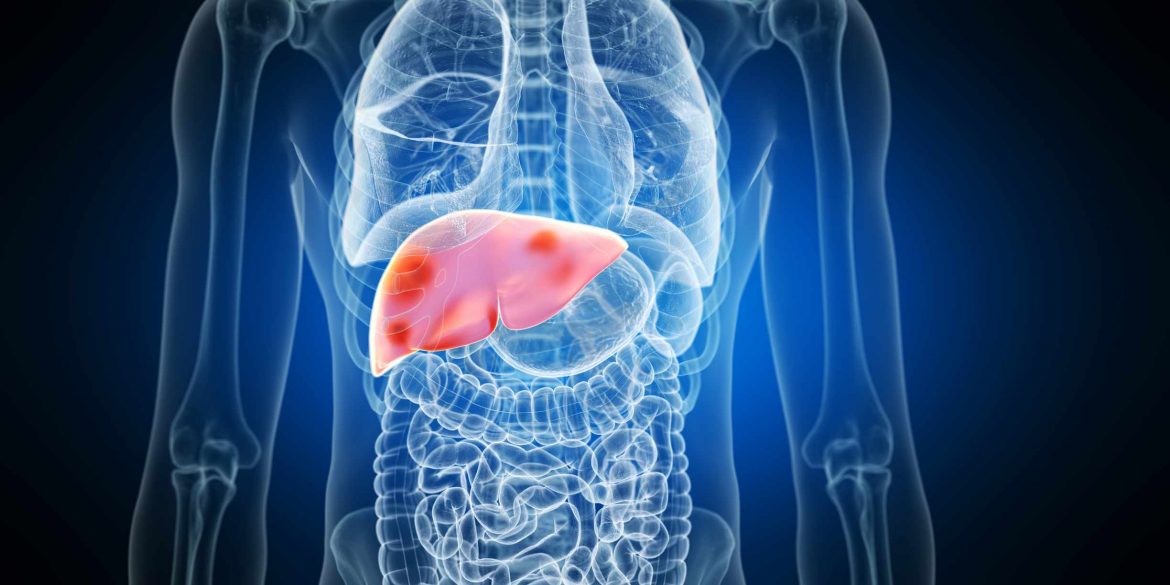A high-fat diet is insufficient to produce fatty liver disease in the short run. When this diet is paired with the use of liquid fructose-sweetened drinks, the buildup of lipids in the liver is accelerated, and hypertriglyceridemia, a cardiovascular risk factor, can develop. Professor Juan Carlos Laguna of the Faculty of Pharmacy and Food Sciences, the Institute of Biomedicine of the University of Barcelona (IBUB), and the Physiopathology of Obesity and Nutrition Networking Biomedical Research Centre led a study on a mouse experimental model, which was published in the journal Molecular Nutrition and Food Research.
Researchers Aleix Sala-Vila and Iolanda Lázaro of the Hospital del Mar Medical Research Institute (IMIM) and José Rodrguez-Morató of IMIM-Hospital del Mar and MELIS-Pompeu Fabra University, among others, collaborated on the study.
Lipid metabolism and Fructose
In the food sector, fructose is one of the most widely used sweeteners. Corn syrup, a product formed from this gramineae, is used to make this simple sugar (monosaccharide). Despite scientific data linking fructose to metabolic illnesses, which are risk factors for cardiovascular pathologies, the food industry uses it to sweeten drinks, sauces, and processed meals due to its high sweetener power and low manufacturing costs.
The influence of fructose on the rise in fatty acid production in the liver, according to the current study, is more important than the external introduction of lipids through the food. “In high-fat diets which are supplemented with liquid fructose, this monosaccharide is able to induce an increase in the de novo lipogenesis — that is, the formation of fats through sugar — and an inhibition of the lipid oxidation in the liver,” says Professor Juan Carlos Laguna, from the Department of Pharmacology, Toxicology and Therapeutical Chemistry.
“Fructose intake, in particular, has a direct impact on the expression and activity of the nuclear factor ChREBP. This factor, once activated, promotes an increase in the production of enzymes that govern fatty acid synthesis in the liver “He keeps going. “At the same time, fructose consumption lowers the activity of the nuclear receptor PPARalfa, which is in charge of regulating the expression of genes that code for enzymes involved in fatty acid oxidation (mitochondrial and peroxisome) in the liver.” As indicated in the preclinical study, the formation of the fatty liver is caused by a combination of dietary saturated fat and activation of endogenous fatty acid production. “Moreover, unlike high-fat diets, we are describing for the first time that fructose increases the expression of the PNPLA3 protein, which is linked to the appearance of hypertriglyceridemia, a risk factor for cardiovascular diseases,” says Nria Roglans, co-author of the study and a member of the Department.
Fatty liver disease in humans
Several epidemiologic studies have linked the intake of fructose-sweetened beverages to non-alcoholic fatty liver disease (NAFLD), a condition for which no particular pharmaceutical treatment exists. De novo lipogenesis provides up to 30% of the lipids deposited in the liver in these individuals, but in healthy persons, this synthesis contributes just 5% of hepatic lipids.
The animal model developed by the researchers might be useful in the development of future medications to treat non-alcoholic fatty liver disease (NAFLD). “The endogenous production of lipids in the liver is greater in patients with this disease than in healthy people. As a result, the consequences revealed in this study might also occur in people “Take notice of the experts.
“Unfortunately, as they go on to say, fatty liver is the precursor to more severe diseases including steatohepatitis and cirrhosis. Although certain slight unspecific digestive issues may emerge in some cases, it is a symptomless disease. For the time being, there is no effective treatment for this condition other than a good diet and regular physical activity.”
Only when fructose is consumed in liquid form can the effects reported in the research be observed. “In the case of sweetened drinks, fructose is rapidly absorbed and rapidly enters the liver, causing the metabolic changes outlined. To make a contrast, consider the look of a fructose overdose when consumed in sweetened beverages “The team makes a point.
“When we eat fruit, however, the quantity of fructose we consume is far smaller than when we drink a sweetened beverage. The chewing process, as well as the presence of other constituents in the fruit, such as fibre, inhibits fructose absorption and delivery to the liver “The authors sum up their findings.





